Date: 22 September 2015
There has been some debate about safety in the use of glass in general, and in the case of fire in particular.But, be assured if proper norms and guidelines are followed for designing and constructing glass buildings, and the right types of glasses are used for façades, the destructive effects of fire are greatly reduced. In actual, glass facades are not inflammable rather they are flame-retardants.
.jpg)
Glass – See what’s safe
internationally today, there are excellent alternatives available for clear vision safety glass. These include high-performance products like transparent glasses with intumescent layers, special coatings and laminates. Tempered/toughened glass, laminated glass, insulated glass units and wire mesh glass are also good fire retardants.
They can actually substitute a brick wall in terms of fire-rating property, yet give transparency. While some of the fire safety glasses function as a physical barrier preventing spread of fire and smoke, certain advanced solutions can actually drastically reduce the radiant heat from a fire.
The European classification standards (EN 13501) for glass use the following system:
E – Integrity
W – Low Radiation
I – Insulation
Accordingly, the following types of glasses are available in the FRG range
E Class – They provide for only integrity. These are special tempered glasses and they prevent the spread of flames to the non-fire side. There will be no protection from radiation in this type of glasses. They are normally used for internal applications.
EW Class – These are tempered and laminated glasses. They prevent the flames and also control the radiation on the non-fire side to a maximum of 15KW per sqm. They offer integrity and provide for low heat radiation. They are used for internal and external applications.
EI Class – These type of FRG glasses offer integrity and insulation. The maximum temperature on the non-fire side does not exceed an average of 140 degree Celsius.
A range of high quality, fire-resistant glasses are available today to mitigate the adverse effects of fire accidents and offer enhanced protection.
- Wired Glass – It is more stable at higher temperatures and is also resistant to the pressure of fire hoses as the embedded wire mesh helps the glass keep its structural integrity even after thermal stress causes cracks
- Borosilicate Glass – Borosilicate, because of its extremely low thermal expansion coefficient, is ideal for any application that requires heat resistance
- Toughened Glass – The special tempering process used in this glass makes it highly resistant to stresses. In case, it gets to the point of breaking, it crumbles into small granules that are less injury prone
- Toughened Glass with flame retardant coating – This flame retardant coating is typically metal that further enhances the flame and heat resistance of the glass
- Toughened Glass with Intumescent gel – As is the property of any intumescent, the gel increases greatly in size when exposed to fire, and its high hydration content keeps the surrounding areas significantly cooler than any other material
- Laminated Glass with Intumescent layers – Highly desirable for façades, the lamination makes it hard enough for the façade and windows, and the intumescent layers restrict temperature rise during fires although the glass is 100% transparent and lacks wiring within
It would be unfair to blame glass for the destruction caused by fire in buildings. In most cases, it is negligence and/or illegal/ poor-quality design and construction that result in loss of life and property. If proper norms and building safety codes are followed, and guidelines adhered to, glass façades only help in fire rescue and not make it worse. All over the world, glass is a widely-accepted building material utilised on a massive scale for architecture and design.
Know more: bit.ly/AISIndia


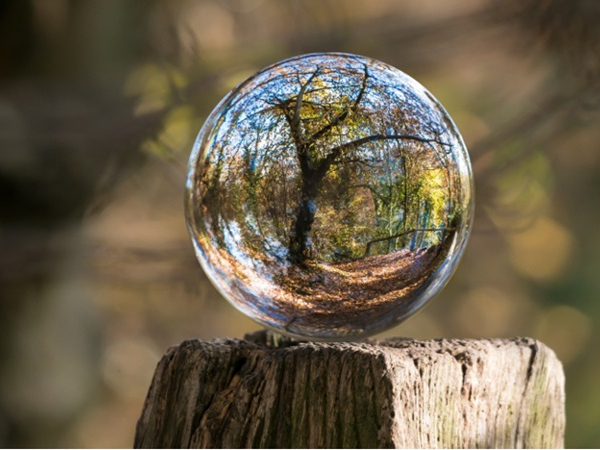

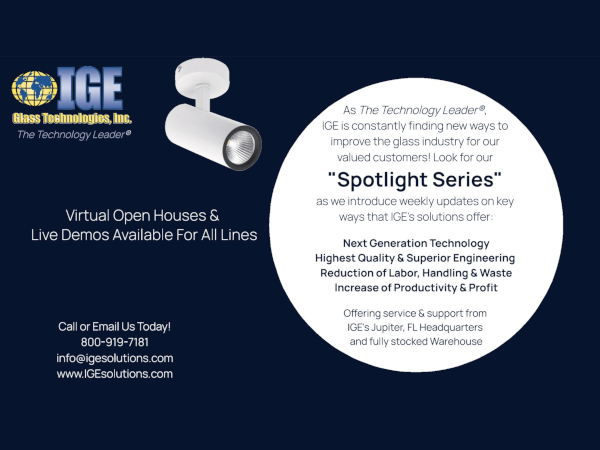
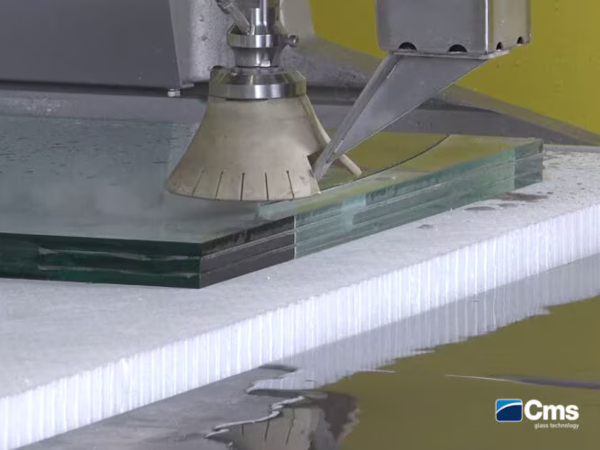
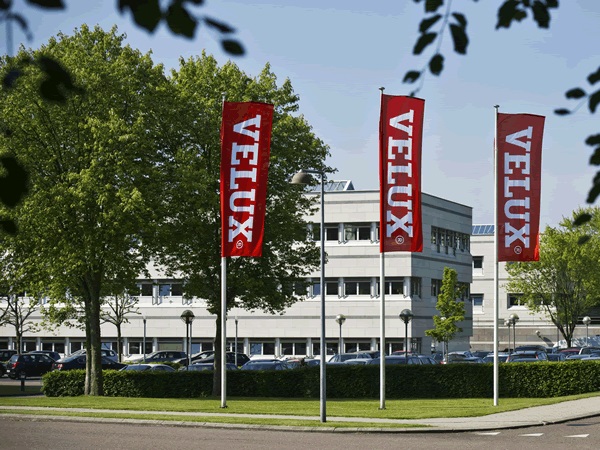














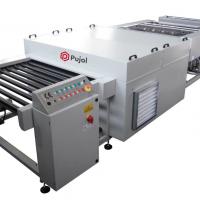
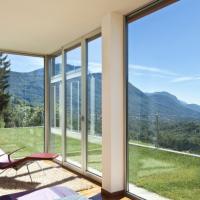
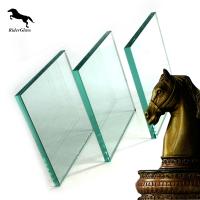
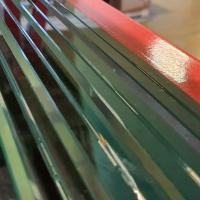
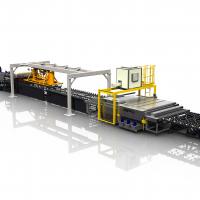
Add new comment